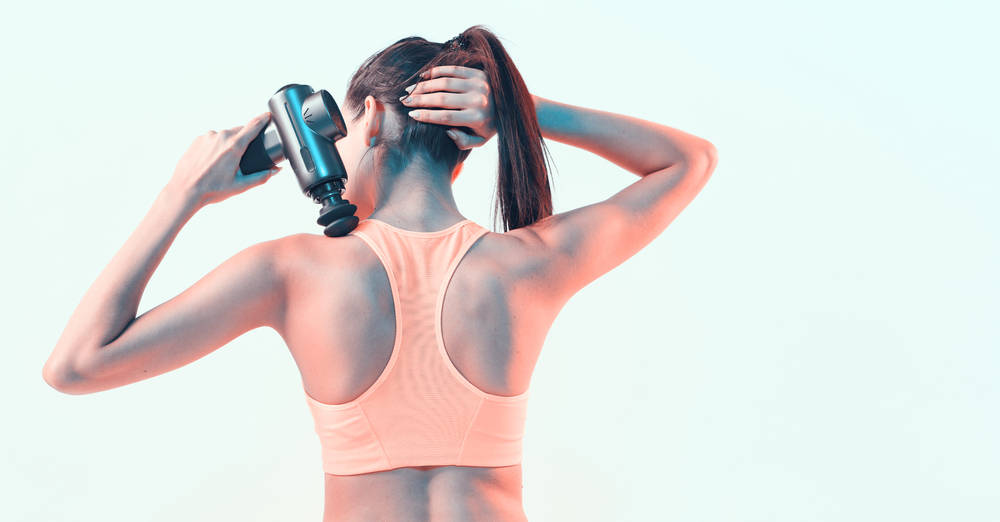
If you are consistently working out, especially at moderate to intense levels, then focusing on what happens with your body post-exercise is crucial. Not only can this aid in improving your overall performance, but it also helps reduce the risk of injuries and improve the way your body repairs and rebuilds itself.
Why is this necessary, though? If you’re focusing on workouts that place your body under more stress and load than it’s typically used to, then the recovery that should be paired with that workout needs to give your body adequate time to rest – that way, you’re primed and at your best for your next exercise session.
Granted, the process of rest and recovery will look different for everyone; some might prefer cold temperatures and cryotherapy, while others might enjoy heat and saunas. Going for a walk, stretching, getting a massage, and doing other low-impact activities can also be beneficial for post-workout recovery – and in essence, a blend of all of them would be helpful.
Another top method for recovery, whether in a novice exerciser or elite athlete, is a massage gun or percussion gun. These guns essentially aid in delivering a steady pressure to the muscle tissues and fibers, allowing for increased blood flow and relaxing the muscles – and therefore (hopefully) reducing any tightness that may be hindering your exercise performance.
With all these remarkable benefits, it’s a perfect addition to your workout program…so long as you are using it correctly. Let’s review a few critical factors in using your percussion gun!
The Basics of Using a Percussion Gun
While it may seem self-explanatory, there is a right and wrong way to use a massage gun. One of the biggest questions asked is if you can use the gun on yourself – and the answer is yes! Unlike a massage or PNF, where it’s better to have someone else assist with muscle recovery, a massage gun can be used by yourself (although some areas, such as your middle back, might be a bit difficult without a friend).
Another significant factor to consider as you begin using your massage gun is where you’re placing it on the body! You want to avoid using the gun directly over bones/spiny processes, such as on your spine or over your kneecaps. You also want to avoid placing the gun on your head and face, along with areas that are bruised or inflamed. This is just a shortlist of areas/issues that should not have a massage gun used – speak with your doctor if you have any musculoskeletal matters or other injuries or conditions that should be addressed first.
Once you know you can safely use your massage gun, you’ll want to pick what type of attachment you want; and there are a ton to choose from! Some massage guns come with one or two attachments, while others come with several. These can include a flat head attachment, a large ball and a smaller ball, a bullet attachment, and even one shaped like a fork. The attachment will vary depending on what muscle group(s) you’re trying to reach. Play around and see what feels best on your body!
Once you’ve got the proper attachment, start the gun at a low speed, holding it away from your body. When you’ve turned it on, gently place it on the muscle body you want to focus on, essentially floating it across the surface. There is no need for extra pressure here – the massage gun will work adequately with light pressure over the muscles.
Slow and steady is critical, and a big thing to remember as the gun floats over the muscle is to breathe. After all, you’re trying to decrease tension, right? Deep breaths in through the nose and out through the mouth while using the percussion gun will allow you to reduce stress in the body and get the full benefit from the gun. There’s no need to spend a ton of time in one specific area, though – anywhere from 30 seconds to 2 minutes is appropriate, depending upon your goals and level of pain/tightness.
Bottom Line – Percussion Massage Gun
While we’ve discussed the basics of how to use a massage gun, don’t think it’s the be-all-end-all in terms of muscle recovery. This is a valuable tool for many people, but it’s not a perfect fit for everyone. Always speak with your PCP or sports therapist to see if they believe a massage gun is a proper recovery tool for you and your fitness goals, and make sure they are aware of any previous or current injuries – they might tell you to avoid using the gun!
